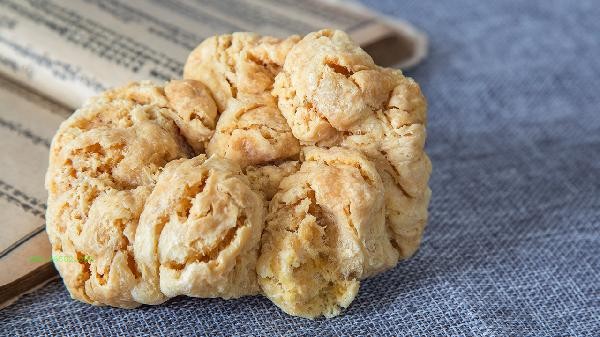Pregnant women's milk blockage generally refers to the blockage of breast ducts, which can be cleared through hot compress massage, adjusting breastfeeding posture, using breast pumps, seeking medical treatment, and other methods. Breast duct blockage may be related to factors such as milk stasis, improper breastfeeding methods, tight underwear, bacterial infections, and abnormal breast structure.

1. Hot compress massage
Apply a warm towel to the hard lump of the breast for 5-10 minutes, and gently massage in circles from the base of the breast towards the nipple with fingertips. Hot compress can promote local blood circulation and soften accumulated milk lumps. When massaging, the intensity should be moderate to avoid excessive compression that can cause damage to breast tissue. Hot compress before breastfeeding has a better effect and helps to facilitate the smooth discharge of breast milk.
2. Adjust breastfeeding position
Adopt correct breastfeeding positions such as cradle or rugby to ensure that the baby holds most of the areola. When breastfeeding, align the baby's chin with the blocked area and use its suction force to help unclog it. The breastfeeding frequency should be maintained every 2-3 hours, and the duration of each unilateral breastfeeding should be controlled at around 15 minutes. If there is still swelling and pain after breastfeeding, you can manually squeeze out a portion of the milk.
3. Use a breast pump
to select a medical grade electric breast pump and adjust the suction to a comfortable level. Clean your hands and breast pump accessories before use, and gradually increase the force from the low gear when sucking. The duration of unilateral breastfeeding should not exceed 15 minutes to avoid nipple swelling. After breastfeeding, refrigerated cabbage leaves can be applied externally to relieve swelling and pain, but should not be used when the skin is damaged.

4. Medical treatment
If the blockage persists for more than 24 hours and accompanied by fever, it is necessary to promptly seek medical attention from a breast specialist. Doctors may prescribe cephalosporin antibiotics such as cefuroxime axetil tablets, or use ultrasound-guided breast irrigation. When an abscess appears, puncture and drainage are required. In severe cases, incision and drainage are necessary. Medication during lactation must strictly follow medical advice and antipyretic drugs should not be taken by oneself.
5. Preventive care
Choose non steel ring nursing underwear to avoid compressing the breasts, and avoid breast compression during sleep. The diet should be light and limit the intake of high-fat foods. Maintain a regular schedule and emotional stability, and avoid anxiety that suppresses prolactin secretion. Clean the nipples with warm water before and after breastfeeding, but do not use disinfectants to avoid damaging protective oils.

During the period of blocked breast ducts, regular breastfeeding should be continued, as sudden weaning can exacerbate stasis. Daily chest expansion exercises can promote lymphatic reflux, and cold compress can be used during lactation to relieve bloating and pain. If white spots appear on the nipple, sterile needles can be used by professionals to puncture it. When breast skin redness, body temperature exceeding 38 degrees Celsius, or general fatigue is found during lactation, immediate medical attention should be sought to rule out mastitis. Maintaining sufficient water intake can help dilute milk, and check if the breasts are empty after each breastfeeding.




Comments (0)
Leave a Comment
No comments yet
Be the first to share your thoughts!